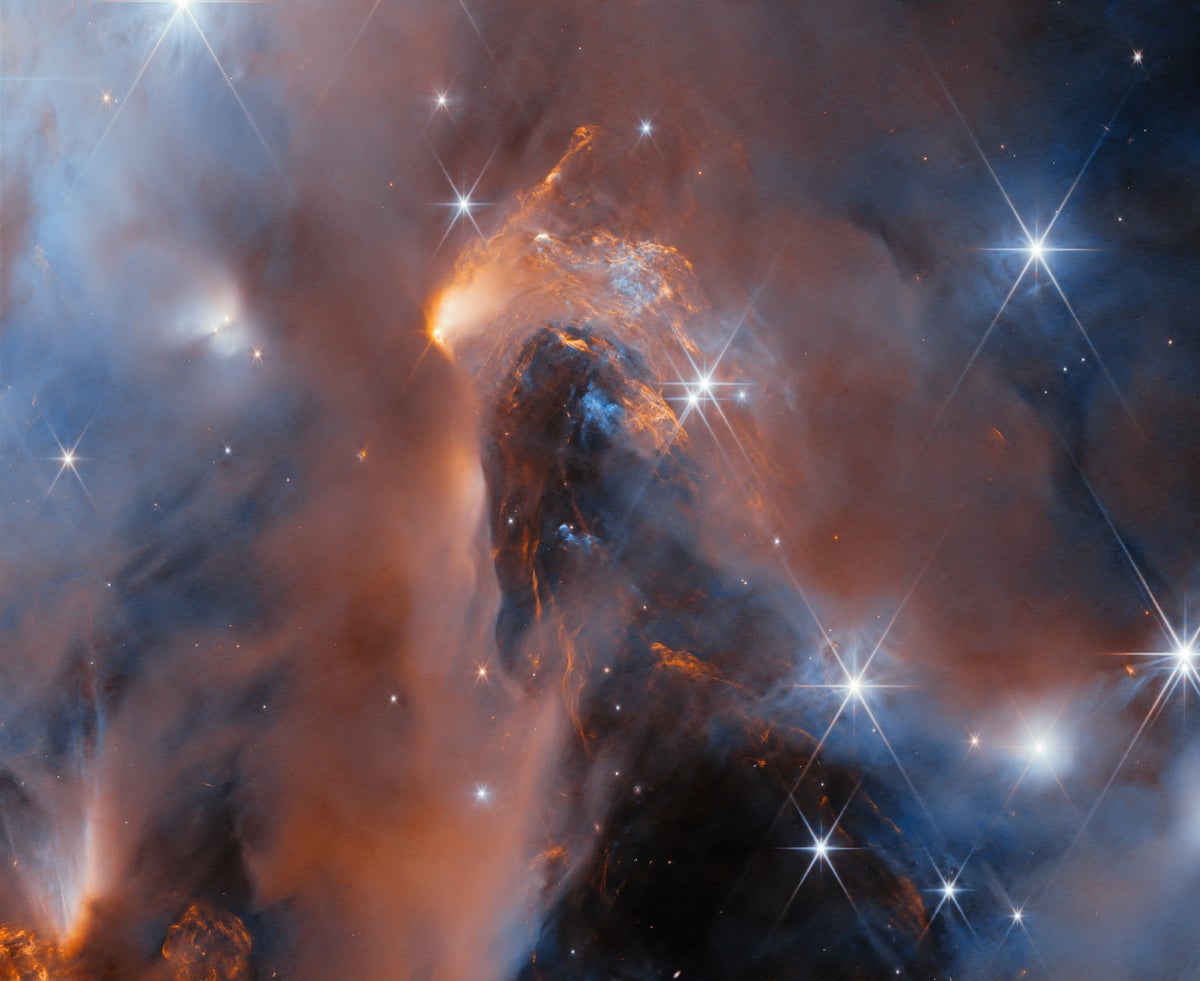I know y'all have other things on you're mind right now, but if you need a distraction I wrote about a very nearly complete census taken of all cosmic objects within 65 light-years of the Sun, and it's cool.
-
I know y'all have other things on you're mind right now, but if you need a distraction I wrote about a very nearly complete census taken of all cosmic objects within 65 light-years of the Sun, and it's cool.

Cosmic Secrets Are Hiding in This Census of Our Interstellar Neighborhood
A near-complete census of our interstellar neighborhood hopes to answer how stars, brown dwarfs and rogue planets form throughout the universe
Scientific American (www.scientificamerican.com)
-
I know y'all have other things on you're mind right now, but if you need a distraction I wrote about a very nearly complete census taken of all cosmic objects within 65 light-years of the Sun, and it's cool.

Cosmic Secrets Are Hiding in This Census of Our Interstellar Neighborhood
A near-complete census of our interstellar neighborhood hopes to answer how stars, brown dwarfs and rogue planets form throughout the universe
Scientific American (www.scientificamerican.com)
@badastro I'm curious about how this compares to CNS5, which came out in 2023.
The Fifth Catalogue of Nearby Stars (CNS5)
Context. We present the compilation of the Fifth Catalogue of Nearby Stars (CNS5), based on astrometric and photometric data from Gaia EDR3 and HIPPARCOS and supplemented with parallaxes from ground-based astrometric surveys carried out in the infrared.
Aims: The aim of the CNS5 is to provide the most complete sample of objects in the solar neighbourhood. For all known stars and brown dwarfs in the 25 pc sphere around the Sun, basic astrometric and photometric parameters are given. Furthermore, we provide the colour-magnitude diagram (CMD) and various luminosity functions of the stellar content in the solar neighbourhood, and characterise the completeness of the CNS5 catalogue.
Methods: We compiled a sample of stars and brown dwarfs that are most likely located within 25 pc of the Sun, taking space-based parallaxes from Gaia EDR3 and HIPPARCOS as well as ground-based parallaxes from Best et al. (2021, AJ, 161, 42), Kirkpatrick et al. (2021, ApJS, 253, 7), and from the CNS4 into account. We developed a set of selection criteria to clean the sample from spurious sources. Furthermore, we show that effects of blending in the Gaia photometry, which mainly affect the faint and red sources in Gaia, can be mitigated to reliably place those objects in a CMD. We also assessed the completeness of the CNS5 using a Kolmogorov-Smirnov test and derive observational optical and mid-infrared (MIR) luminosity functions for the main-sequence stars and white dwarfs (WDs) in the solar neighbourhood.
Results: The CNS5 contains 5931 objects, including 5230 stars (4946 main-sequence stars, 20 red giants and 264 white dwarfs) and 701 brown dwarfs. We find that the CNS5 catalogue is statistically complete down to 19.7 mag in the G-band and 11.8 mag in W1-band absolute magnitudes, corresponding to a spectral type of L8. The stellar number density in the solar neighbourhood is (7.99 ± 0.11) × 10−2 stars pc−3, and about 72% of stars in the solar neighbourhood are M dwarfs. Furthermore, we show that the WD sample in CNS5 is statistically complete within 25 pc. The derived number density of WDs is (4.03 ± 0.25) × 10−3 stars pc−3. The ratio between stars and brown dwarfs within 15 pc is 4.6 ± 0.4, whereas within 25 pc it is 7.5 ± 0.3. Thus, we estimate that about one third of brown dwarfs are still missing within 25 pc, particularly those with spectral types later than L8 and distances close to the 25 pc limit.
ADS (ui.adsabs.harvard.edu)
